School Backpack Guide: Buyer’s Guide and Backpack Safety
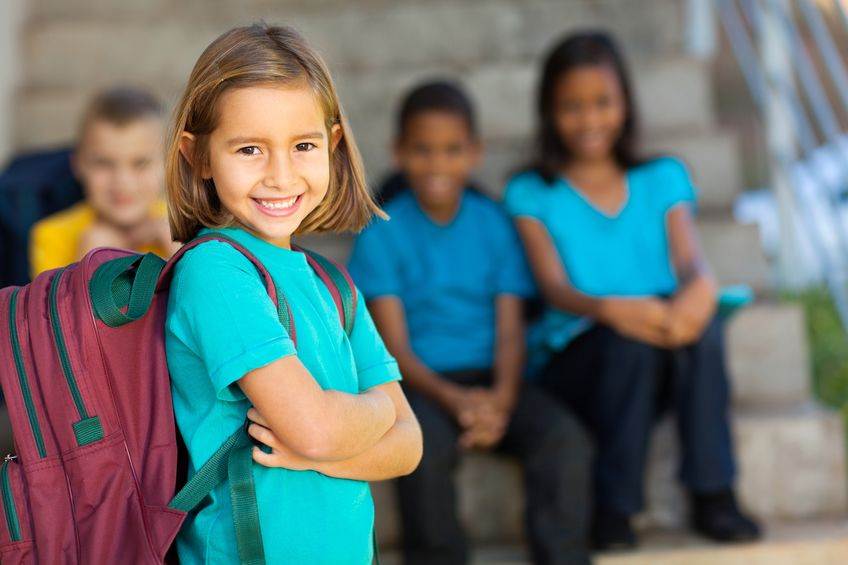
Choosing the Right Backpack for Your Child
Back-to-school season is here! Are you looking for the perfect backpack for your child? One that’s both comfortable and safe? Let’s find the right fit!
Backpack Safety Tips
Kids might think it’s cool to sling a backpack over one shoulder, but this can strain their muscles and spine. Here’s how to help them carry it safely:
Let me know if you’d like tips on what features to look for in the backpack itself!
See Also: How To Improve Posture – 4 Upper Back Exercises
Over time, your child’s pack can cause pain, and nerve problems and may even contribute to scoliosis. So how can you choose your child’s, tween/teen pack?
Guide to Choosing the Right Backpack
If you are trying to choose the right backpack, look for these features. Younger kids, who don’t carry books to weigh down their packs, don’t need all the features I talk about below.
School-age kids, tweens and teenagers who need to carry books, or have a lot to carry, need most of these. 
Padded Shoulder Straps: Needed
Wide, curved, and well-padded straps about 2 inches / 5 cm wide help distribute the load evenly. Females often fit better into narrower straps. For some kids, a woman’s pack may fit nicely.
Sternum Straps For Your Backpack: Maybe Needed
This strap goes across the chest and clips the shoulder straps together preventing the pack from shifting around. This feature is helpful for heavy loads or if your child has to travel a long distance.
Top Stabilizing Straps For Your Backpack: Maybe Needed
Adjusting these strap positions moves the pack closer or further away from your body. This feature is nice to have but is not necessary.
Padded Back with Stiff Support For Your Backpack: Needed
A stiff padded support on the back of the backpack is very helpful when carrying laptops or heavier loads. You can check for this feature by bending the back of the pack. If it folds easily, it will not have this very useful feature.
See Also: Top 3 Exercises For Your Upper Back
Mesh Back Pads: Nice to Have
Mesh-covered back pads provide a ventilated area that lets air get between the backpack and the spine, which will reduce sweating. This feature is not necessary unless your child walks a long way to school but your child will be cooler and drier when they carry this type of backpack.
Laptop Compartment or sleeves: Maybe Needed
Students who are old enough to use a laptop at school will need a laptop sleeve. Even though I am no longer a student, this downtown Toronto chiropractor still uses a backpack to lug a laptop and a change of clothes for the gym.
Numerous Pockets and Organizers: Needed
Pockets for organizing pens, pencils, and knick-knacks are helpful for kids, teens, and adult commuters alike.
Water Bottle Holder: Very Helpful
Reflective Stripe/Patch: Very Helpful
Rolling Backpacks
Rolling backpacks offer a practical solution for schoolchildren, mirroring the convenience of wheeled luggage typically used for travel. Equipped with two wheels at the base, these backpacks provide versatility for different parts of the school journey. On uneven terrains such as stairs and fields, they can be comfortably worn on the back. For smoother surfaces, your child can easily transition to wheeling the backpack, reducing the strain on their shoulders and back. This blend of functionality and ease makes wheeled backpacks an excellent choice for managing school essentials.
Preschoolers and kindergartners’ Backpack
Your preschooler and kindergartner need only a small backpack to carry their lunch, their favourite stuffed toy and other little knick-knacks. Most parents and caregivers end up carrying their kid’s packs to and from daycare or school. At this age, the features of the backpacks are not as important.
Try the backpack to make sure it fits and is comfortable.
How Do You Adjust The Fit Of Your Child’s Backpack?
- Ask your child to put his/her arms through the straps
- The padded portion of the shoulder straps should follow your child’s shoulders and have no gaps. If there are gaps, try going to a smaller backpack, or try a woman’s backpack.
- The bottom of the backpack should not extend below the hipbone
- Slide your hand between the backpack and your child’s back. There should be a small gap.
- Adjust the shoulder strap until most of the weight is on your child’s hips with a little bit of the weight on the shoulders. Having half the weight on the shoulders will tire out the upper back and shoulders quickly.
- Position the hip belt on the hipbones, not above them. Clip the hip-belt buckle and tighten the hip buckle till it is snug
- If there is a sternum strap, adjust the height of the sternum strap for comfort. Keep this strap loose. It is simply for keeping the shoulder strap in place
Putting the Backpack On
For young children put the backpack on a chair. Put the backpack on one shoulder at a time and adjust the straps for your child. Remember to put both straps on. For older kids, put the backpack on a table. Put the backpack on one shoulder at a time and adjust the shoulder straps.
Pack It Properly
- Pack only what is necessary for that day. The total weight of the backpack should be no more than 15% of the weight of the child. Place the heaviest objects close to the body and light objects away from the back.
- Weigh the bag on your bathroom scale. Next, weigh your child without the backpack. Figure out if the backpack exceeds the 15% limit and keep removing things from the pack until you reach the 15% limit. Try using a rolling backpack if you cannot meet this requirement.
Is your child complaining about lower back pain, upper back pain, neck pain or shoulder pain? Get your child checked by a competent chiropractor or physiotherapist.
See Also: Disc Herniation Part 1: Best Self-Treatments to Help Your Lumbar Disc Herniation
So what do I recommend? In Canada, I recommend the MEC Kinder Book Bag for little ones and the MEC Book Bag for those who need a laptop sleeve. For Canadians and Americans who want a higher-end bag, I recommend the North Face Recon. Please note I am not affiliated in any way with these companies. I am making honest recommendations based on my research. If you find alternative backpacks to the ones I recommended please let me know in the comments for the benefit of other readers.
Update: There is some review about the North Face Recon that indicates that the bag is wearing out quickly but there aren’t many reviews so far.
Tell us what you think in the comments below and like us on Facebook. This Toronto Downtown Chiropractor will answer all questions in the comments section.
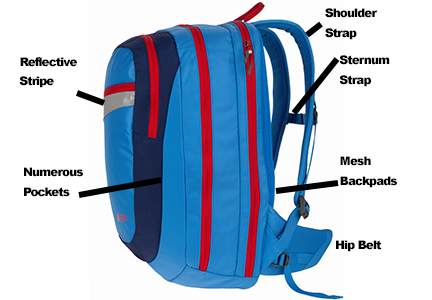
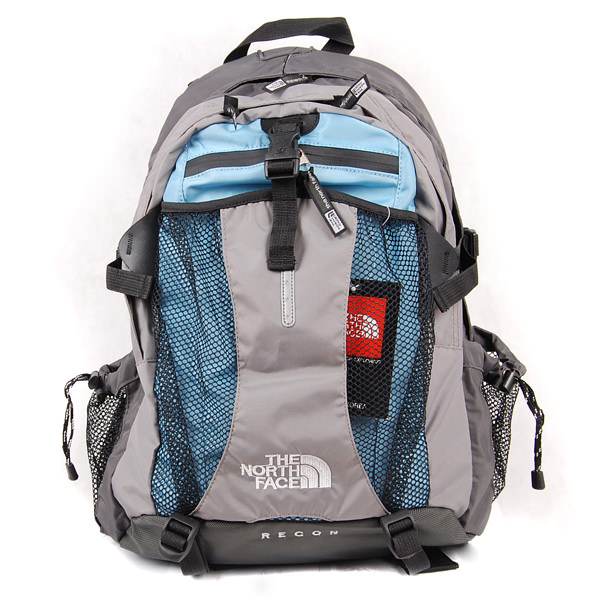



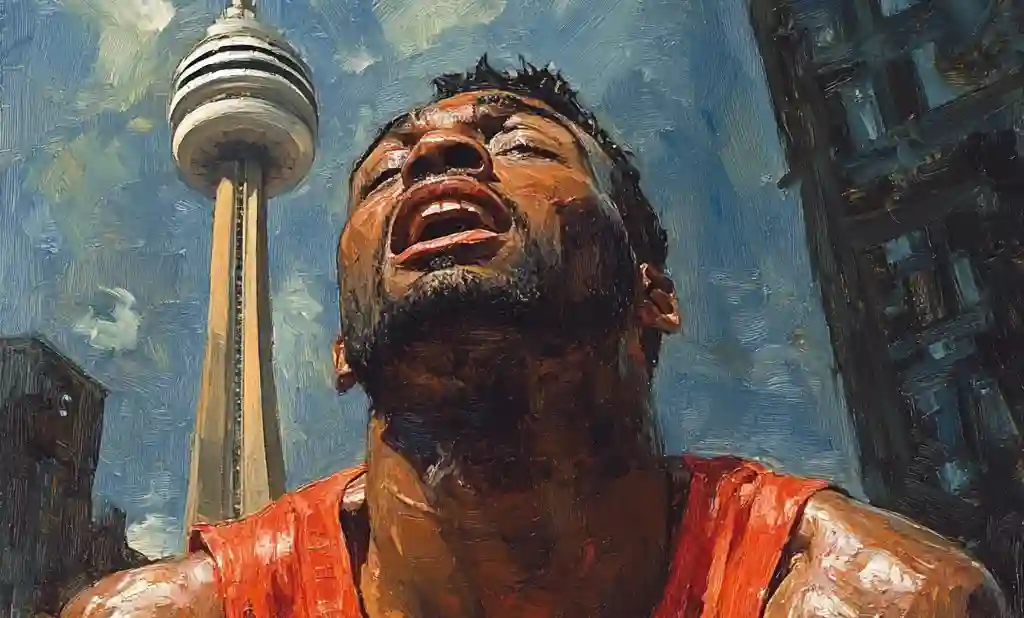


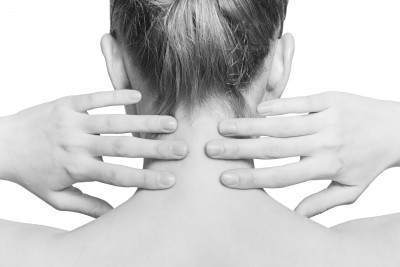

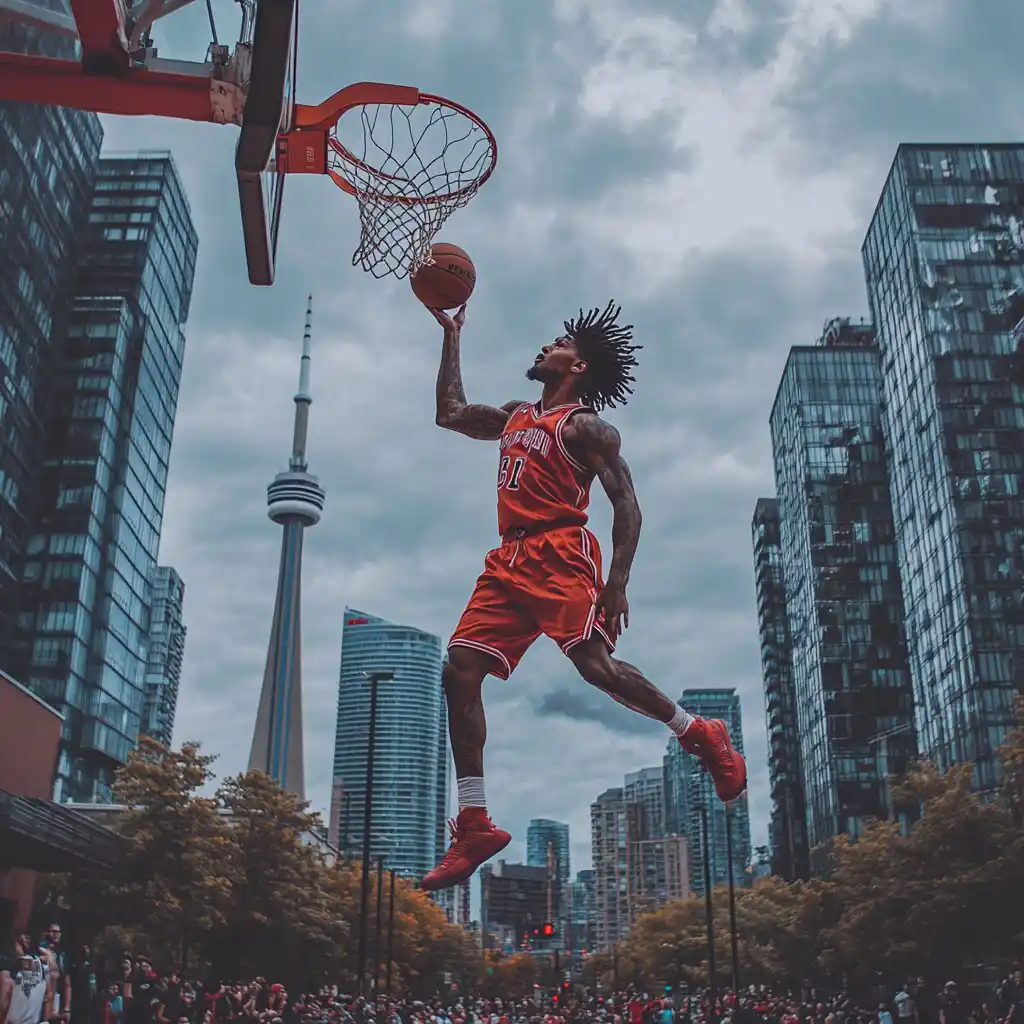
Hello,
Could you advise me some brands of school backpack fit to prevent scoliosis?
Author
Thanks for your question Yubany. A backpack by itself will not prevent scoliosis. Scoliosis for many kids is mostly of unknown origin. Some people think it’s related to muscle imbalance and others think it’s related to a short leg. It tends to be more females vs males with a 9:1 ratio. So a proper backpack like the ones suggested in this article with the child or teenager carrying the backpack with both straps on will help create balance. The best backpack in the world will not help if used improperly. This imbalance of pressures maybe a contributing factor but hereditary factors also play a part. You can’t change genetics but using the back pack properly. Having good posture, not crossing your legs, not leaning to one side, and not putting a leg under your buttock, even standing evenly instead of more on one leg will help with muscle imbalance.
Gentle strengthening such as side planks, planks, push ups and body weight squats can help strengthen the core to help create muscular balance. The exercises have to be balanced in the first place or the imbalance could worsen. eg. putting more weight on one leg when doing body weight squats will create more imbalance.
So there are backpacks that will prevent scoliosis. Get one the above mentioned backpacks or look for those features if those particular backpacks are not available in your area.
Hope that helps!